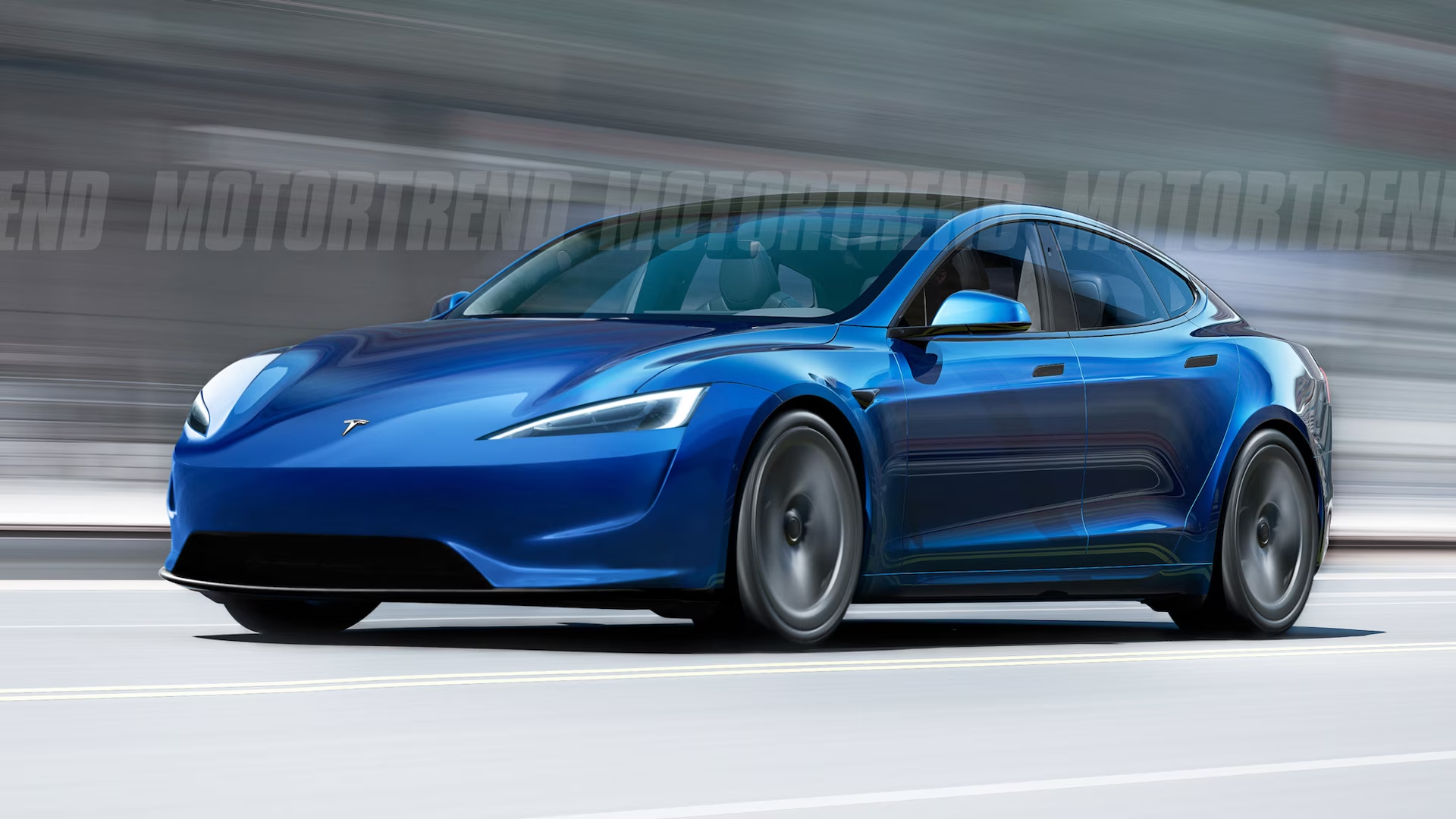Rally racing, often referred to as the most grueling motorsport in the world, is a high-adrenaline competition that tests both the physical endurance of drivers and the engineering limits of cars. Unlike traditional circuit racing, where racers compete on smooth, predictable tracks, rally racing takes place on rough terrain, covering various surfaces such as dirt, gravel, snow, and asphalt. The unpredictable nature of the sport, combined with the extreme weather conditions and challenging landscapes, makes rally racing one of the most exciting and demanding motorsports globally.
In this blog post, we will dive into the basics of rally racing, explore the unique aspects of the sport, and discover what makes it so thrilling to watch and participate in.
What Is Rally Racing?
Rally racing is a form of motorsport where drivers compete against the clock on public or private roads, following a predefined route that is divided into stages. Unlike circuit racing, where all competitors race simultaneously on the same track, rally drivers start individually at timed intervals, and the winner is determined based on the total time taken to complete all stages.
Rally events are typically divided into two main components:
- Special Stages (SS): Timed sections where drivers aim to complete the course as quickly as possible. These stages can feature varying terrain, from gravel to tarmac to snow.
- Liaison Stages: Non-competitive sections that connect the special stages. Drivers must reach the next stage within a designated time, but these sections are not part of the race against the clock.
Types of Rally Racing
There are several types of rally racing, each with its own set of challenges and regulations. Some of the most popular forms include:
- World Rally Championship (WRC): The premier series in the world of rally racing, WRC features events in various countries, each with its own unique conditions and challenges. WRC drivers tackle diverse terrains, from the icy roads of Monte Carlo to the rugged gravel of the Safari Rally in Kenya.
- Rallycross: A combination of rally and circuit racing, Rallycross takes place on a short, closed-loop track that consists of both dirt and asphalt. Multiple cars race simultaneously, making it one of the most action-packed forms of rally racing.
- Cross-Country Rally (Rally Raid): This long-distance rally event takes place over hundreds or even thousands of kilometers, with events like the Dakar Rally being a prime example. Cross-country rally races are held over multiple days and often traverse deserts, mountains, and other extreme landscapes.
The Cars of Rally Racing
Rally cars are specially designed to handle the extreme conditions they face. Built with robust suspension systems, reinforced chassis, and turbocharged engines, rally cars must be lightweight yet strong enough to endure rough terrain. The cars are also equipped with advanced all-wheel-drive (AWD) systems for superior grip and handling on various surfaces.
Unlike the sleek, aerodynamic designs seen in Formula 1 or other forms of motorsport, rally cars are more rugged and practical, focusing on durability and reliability over top speed. Some of the most iconic rally cars come from manufacturers like Subaru, Mitsubishi, Ford, Toyota, and Hyundai.
Key features of rally cars include:
- AWD (All-Wheel Drive): For better traction on slippery surfaces like gravel, snow, and mud.
- Turbocharged engines: Offering the necessary power for rapid acceleration on varied terrain.
- Roll cages: To protect drivers in case of accidents, which are more common due to the unpredictable environments.
- Reinforced suspensions: Built to absorb the rough bumps and jumps that come with rally racing.
Co-Drivers: The Unsung Heroes of Rally
One of the most unique aspects of rally racing is the role of the co-driver. Unlike circuit racing, where drivers rely on their memory of the track, rally drivers are guided by a co-driver who reads out pace notes detailed instructions that describe the road ahead. These pace notes indicate the severity of turns, the type of surface, and any potential hazards, allowing the driver to maintain high speeds even on unfamiliar roads.
The relationship between driver and co-driver is crucial for success in rally racing. Without precise communication and trust between the two, even the best driver can lose valuable seconds or crash out of the race.
The Challenges of Rally Racing
Rally racing is incredibly demanding, both physically and mentally, due to a combination of factors:
- Variable Terrains: Drivers must adapt to constantly changing road conditions. One minute they may be driving on loose gravel, and the next, they are tackling icy mountain roads.
- Weather Conditions: Rally races often take place in extreme weather conditions, from rain-soaked mud tracks to snow-covered roads. The unpredictability of the weather adds another layer of complexity to the race.
- Endurance: Unlike short circuit races, rally events can last several days, requiring drivers and their cars to endure long distances over unforgiving terrain. Fatigue and mechanical failures are common obstacles.
- High Risk of Accidents: The unpredictable nature of the environment and high speeds make rally racing particularly dangerous. Drivers must always be aware of the terrain, obstacles, and potential hazards, including trees, rocks, and steep cliffs.
Why Rally Racing is So Popular
Rally racing has a devoted following for a few key reasons:
- Unpredictability: No two rally stages are the same. The constantly shifting conditions and terrain mean that anything can happen during a race. Even the best drivers face challenges that could see them lose their lead in a matter of seconds.
- Driver Skill: Rally racing requires a unique set of skills, combining raw speed, precise control, and quick decision-making. Watching a driver navigate a treacherous mountain pass or slide through a corner at breakneck speeds is mesmerizing.
- Spectacle: Rally racing offers an up-close experience for fans. Spectators can stand right next to the action as cars fly by on narrow dirt tracks, kicking up dust and gravel in their wake.
Famous Rally Races
There are several iconic rally events that have become synonymous with the sport’s history and excitement. Some of the most famous include:
- Dakar Rally: A grueling two-week cross-country race, originally held in Africa but now in Saudi Arabia. It covers thousands of kilometers across deserts and mountains.
- Monte Carlo Rally: A World Rally Championship event known for its mix of tarmac and icy mountain roads, making it one of the most technically challenging rallies in the world.
- Rally Finland: Famous for its high-speed stages and massive jumps, Rally Finland is one of the fastest and most exciting events on the WRC calendar.
Final Thoughts
Rally racing is a truly unique motorsport that blends speed, skill, and endurance in one of the most unpredictable and thrilling formats. Whether you’re a fan of the legendary World Rally Championship or the brutal cross-country marathons like the Dakar Rally, rally racing offers something for everyone. The combination of rugged landscapes, ever-changing conditions, and the driver’s ability to push their limits makes this motorsport one of the most captivating to watch and participate in.
If you’re looking to experience the adrenaline rush of motorsport in its purest form, rally racing is where you’ll find it.









